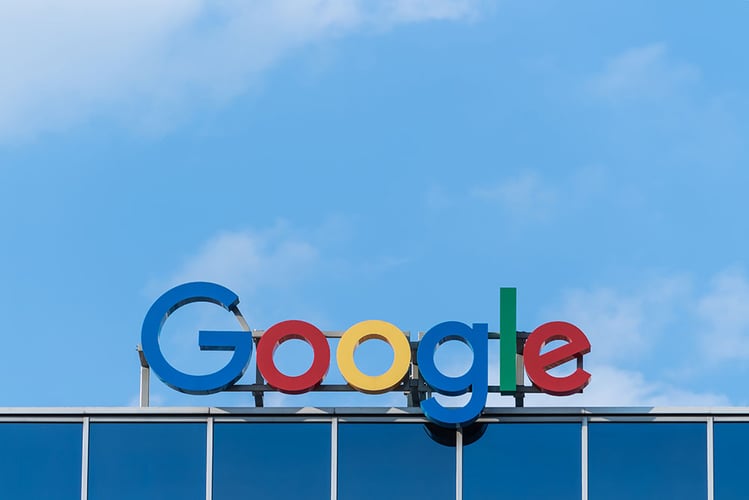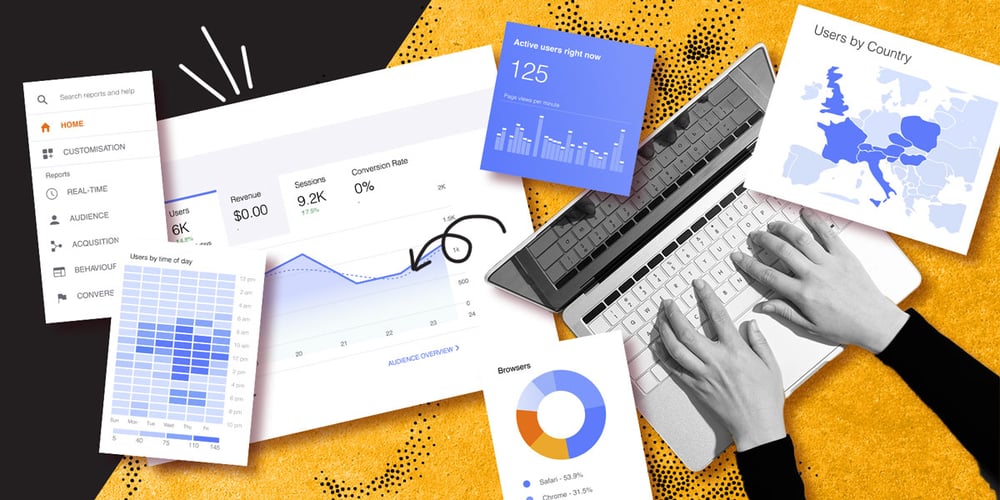Google's New Ad Policy Limits Reach of Unfamiliar Brands
Imagine this: you're a marketing manager for a small, up-and-coming brand, eager to get your products or services in front of as many potential customers as possible. You've carefully crafted your ad campaign, strategically selecting your target audience and optimizing your ad copy. But suddenly, you hit a roadblock. Google, the behemoth of online advertising, has implemented a new ad policy that limits the reach of unfamiliar brands. What does this mean for your marketing efforts? Let's dive in and explore the implications of Google's latest move.
The Impact on Ad Visibility
When it comes to online advertising, visibility is key. The more people who see your ads, the greater the chances of driving traffic and conversions. However, Google's new ad policy shakes up this equation. Under this policy, unfamiliar brands are now subject to stricter ad requirements, resulting in limited ad visibility.
Firstly, Google's algorithm now takes into account factors such as brand trustworthiness and authenticity. This means that if your brand lacks a strong online presence or has little recognition, your ads may be deprioritized in search results or displayed less frequently on websites within the Google Display Network. In other words, your brand might struggle to compete with more established and recognizable names in the market.
Secondly, the new policy also affects ad placements. Google has decided to place more emphasis on ad quality and user experience. This means that unfamiliar brands may find it harder to secure prime ad placements, such as the top positions on search engine results pages or prominent spots on popular websites. Instead, these coveted spots are more likely to be occupied by well-known brands with proven track records.
The Implications for Budgets and ROI
As a marketing manager, you're not just concerned with visibility; you're also mindful of your budget and return on investment (ROI). Unfortunately, Google's new ad policy introduces additional challenges in these areas.
One notable impact is the potential increase in advertising costs. With limited ad visibility, unfamiliar brands may need to bid higher on keywords or target more niche audiences to compensate for their reduced reach. This increased competition can drive up advertising costs, making it more difficult for smaller brands with limited budgets to compete effectively.
Furthermore, the lower ad exposure resulting from limited reach can also hinder the measurement and optimization of advertising campaigns. With fewer impressions and clicks, marketing managers may struggle to gather sufficient data to make informed decisions on ad performance and audience targeting. This lack of actionable insights can make it harder to optimize campaigns and achieve the desired ROI.
Strategies to Overcome the Challenges
While Google's new ad policy may present hurdles for unfamiliar brands, it's not all doom and gloom. There are several strategies marketing managers can employ to navigate these challenges and maximize their ad reach and effectiveness.
Firstly, building a strong online presence and brand reputation is crucial. Investing in search engine optimization (SEO), content marketing, and social media engagement can help boost brand awareness and trustworthiness. By establishing credibility, unfamiliar brands can increase their chances of meeting Google's ad requirements and gaining better ad visibility.
Additionally, diversifying advertising channels is essential. Relying solely on Google ads may limit your reach, especially if your brand is unfamiliar. Exploring alternative platforms such as social media advertising, influencer partnerships, or email marketing can help expand your brand's visibility and reach a broader audience.
Lastly, leveraging data and analytics is vital for optimizing campaigns within the constraints of limited ad visibility. By analyzing available data, marketing managers can identify patterns, refine targeting strategies, and make data-driven decisions to maximize ROI. Testing different ad formats, creatives, and audience segments can also help uncover hidden opportunities and improve overall campaign performance.
Conclusion
As a marketing manager, it's important to stay abreast of the ever-changing landscape of online advertising. While Google's new ad policy may pose challenges for unfamiliar brands, understanding the implications and implementing strategic approaches can help mitigate the impact. By focusing on building brand credibility, diversifying advertising channels, and leveraging data, marketing managers can adapt to the evolving advertising ecosystem and continue to drive success for their brands.



